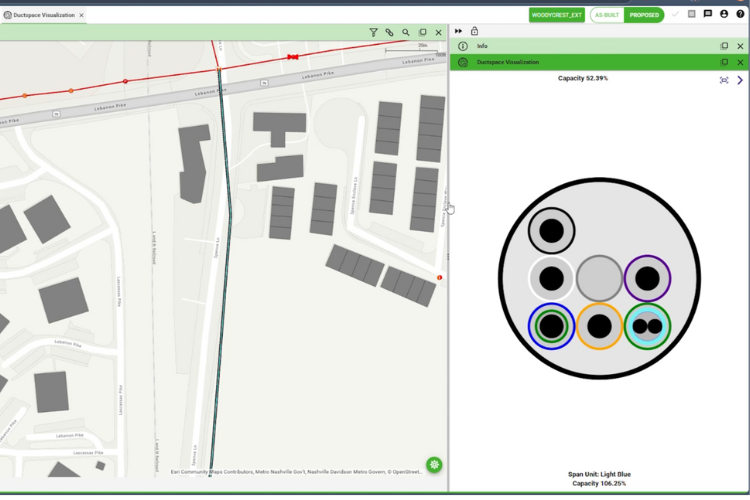The network lifecycle is a complex and interconnected process, with each step building upon the previous one. We've explored the planning and engineering phases, uncovering the challenges and strategies involved in our endeavor to support The West Coast Company (WCC) in their nationwide fiber-to-the-home (FTTH) buildout. Now it's time to dive into field verification.
One crucial element to note is that the entire design for the WCC project was generated within a single, accessible design database. This web-based technology allowed us to distribute data globally, using a "follow the sun" approach to design. Not only did this enable collaboration across different time zones, but it also provided field crews with real-time access to design updates through mobile technologies. We dubbed this capability "real-time, anywhere access," and it significantly streamlined the design process.
Field verification using the same system of record as design shortened draft time by over half by allowing field observations that impacted design to be immediately available to those users in the office either creating or updating the design. Field crews would capture the data during the day while design users across the globe would update the design based on those very same field observations.
In addition to fielding the design or performing what is commonly referred to as Construction Rideout (CRO), we also were able to leverage mobile technologies to capture the required elements to support pole loading analysis in aerial space. The results of capturing this data provided more timely engineering related permits with respect to Make Ready Engineering (MRE).
While I could write an entire blog on MRE and the importance of GIS-based technology, I will simply state that it is critical to capture all elements that impact pole loading at CRO. While this does require a notional understanding of the fiber plant routing, identifying potential issues with aerial attachments as early in the process is critical to building at scale and accelerating open for service activities.
There are several technologies that support this type of data collection, but I would encourage an initial “traffic lighting” (i.e., red, yellow, green attribution of those poles) that you expect to participate in your network build. Spend the time focusing on those routes expected to be “easily” permitted and go underground for the remainder. While build costs will grow, if your goal is to get revenue fast then the additional cost is sustainable in the long term.
Field verification plays a pivotal role in ensuring the success of complex projects like The West Coast Company's nationwide FTTH buildout. By integrating web-based technology into the design process and employing a "real-time, anywhere access" approach, we've not only streamlined collaboration but also provided field crews with real-time access to design updates. This significantly reduced draft times and enhanced the efficiency of the entire network design process.
Moreover, our ability to leverage mobile technologies for data collection during CRO and pole loading analysis in aerial space has proven instrumental in expediting engineering permits and addressing potential issues early in the process. As we move forward in the network lifecycle, it's clear that embracing GIS-based technology and strategic decision-making, such as focusing on easily permitted routes, will be essential to building at scale and accelerating open-for-service activities while ensuring long-term sustainability.



